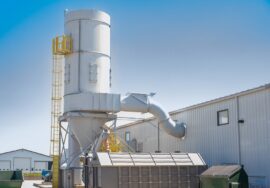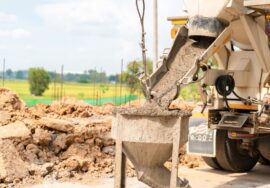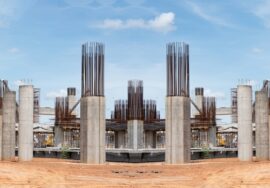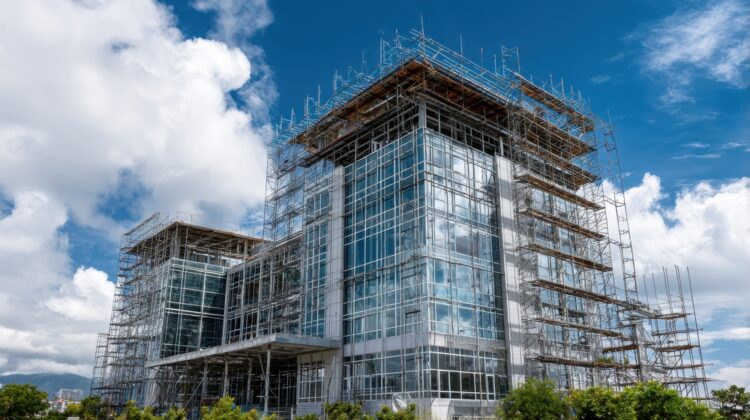
Eco-Friendly Construction Materials for Green Building
Eco-Friendly Construction Materials for Green Building
The construction industry is transforming rapidly, with sustainability taking center stage. As environmental awareness grows, the demand for construction materials has increased significantly. These materials not only reduce the environmental footprint but also enhance building efficiency, durability, and comfort.
By choosing construction materials, builders and developers can contribute to sustainable development while meeting modern architectural standards and environmental regulations.
What Are Eco-Friendly Construction Materials?
Construction materials are sustainable alternatives that minimize environmental damage during production, use, and disposal. They are often made from renewable, recycled, or natural resources and help reduce carbon emissions, energy consumption, and waste.
Some examples include:
-
Recycled steel and concrete
-
Bamboo and reclaimed wood
-
Fly ash and slag cement
-
Low-VOC (Volatile Organic Compound) paints
-
Insulating materials made from wool or cellulose
These eco-friendly construction materials are essential for achieving green construction practices and certifications such as LEED (Leadership in Energy and Environmental Design).
Why Use Eco-Friendly Construction Materials?
The global construction sector accounts for nearly 40% of carbon emissions, much of which comes from material production. Using eco-friendly construction materials addresses this challenge by promoting:
-
Reduced Carbon Footprint: Manufacturing sustainable materials emits fewer greenhouse gases.
-
Resource Efficiency: Utilizes renewable and recycled resources, reducing waste.
-
Energy Efficiency: Enhances insulation and lowers operational energy consumption.
-
Healthier Environments: Limits exposure to toxic substances, improving indoor air quality.
-
Long-Term Durability: Provides strong, lasting performance with minimal maintenance.
Integrating eco-friendly construction materials ensures that every structure built today supports a cleaner and greener tomorrow.
Top Eco-Friendly Construction Materials
Here are some of the most widely used eco-friendly construction materials that are redefining sustainable architecture:
1. Bamboo
Bamboo grows rapidly and offers exceptional strength, making it an excellent replacement for traditional timber. It’s renewable, biodegradable, and visually appealing.
2. Recycled Steel
Using recycled steel minimizes the need for new mining and reduces construction waste. It’s one of the strongest eco-friendly construction materials for structural frameworks.
3. Fly Ash Concrete
A byproduct of thermal power plants, fly ash enhances concrete strength while reusing industrial waste — a perfect example of sustainable innovation.
4. Reclaimed Wood
Repurposing old timber not only preserves forests but also adds character and warmth to interiors.
5. Low-VOC Paints and Finishes
These materials release fewer pollutants into the air, improving indoor air quality and creating healthier spaces.
6. Green Insulation Materials
Natural insulation like cellulose, cork, or sheep wool helps reduce energy use while maintaining thermal comfort.
Eco-Friendly Construction Materials in India
India’s construction industry is rapidly embracing eco-friendly construction materials to meet sustainability goals. Builders are increasingly using fly ash bricks, AAC (Autoclaved Aerated Concrete) blocks, and recycled aggregates in modern infrastructure projects.
Government initiatives and organizations such as the Indian Green Building Council (IGBC) and Bureau of Energy Efficiency (BEE) promote sustainable design through certifications and incentives. These programs encourage builders to adopt eco-friendly construction materials that lower emissions and conserve resources.
Benefits of Using Eco-Friendly Materials in Construction
Switching to eco-friendly construction materials brings a wide range of benefits:
-
Environmental Conservation: Reduces the depletion of natural resources.
-
Lower Energy Bills: Improved thermal insulation leads to energy savings.
-
Compliance and Recognition: Qualifies for certifications like LEED and GRIHA.
-
Improved Indoor Air Quality: Reduces chemical exposure for occupants.
-
Economic Advantages: Though initial costs may be higher, long-term savings are substantial.
By integrating eco-friendly construction materials, builders can create spaces that are environmentally responsible and economically viable.
Integrating Eco-Friendly Materials into Sustainable Design
To maximize benefits, eco-friendly construction materials should be used alongside energy-efficient systems, rainwater harvesting, and waste management strategies. Combining these techniques results in high-performance, low-emission, and resource-efficient buildings.
Moreover, life cycle assessment (LCA) tools can help evaluate the environmental impact of each material from production to disposal, ensuring truly sustainable construction.
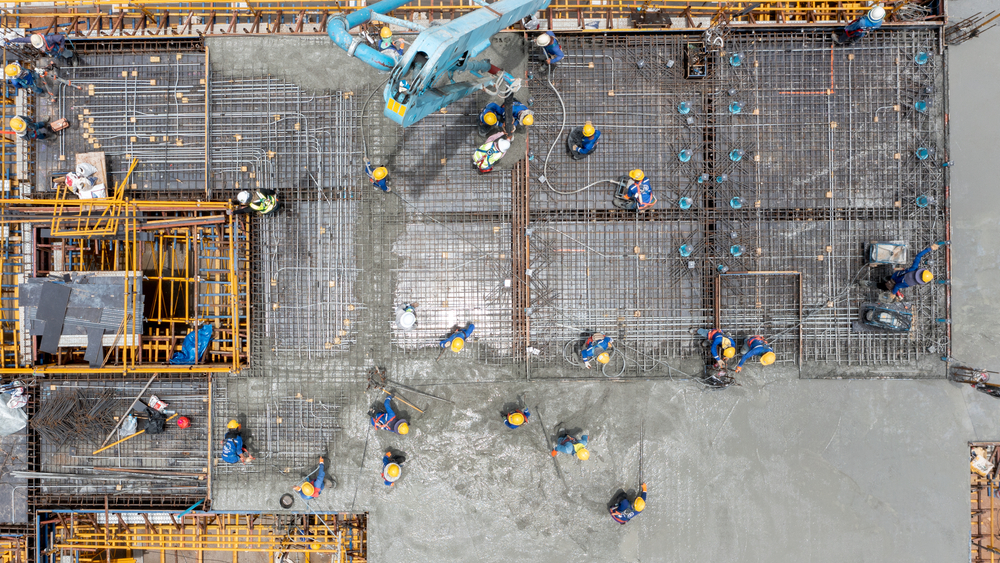
Partner with AMS India for Sustainable Building Solutions
At AMS India, we focus on delivering eco-conscious solutions using eco-friendly construction materials and advanced sustainable technologies. Our team designs and executes projects that align with India’s green building standards and contribute to a healthier planet.
Whether it’s residential, commercial, or industrial construction, AMS India ensures each project meets the highest standards of sustainability and environmental responsibility.
Conclusion
Choosing eco construction materials is no longer a niche trend — it’s a necessity for a sustainable future. From recycled steel to bamboo and low-VOC paints, these materials are shaping the next generation of green buildings.
By adopting sustainable design principles and partnering with experts, the construction industry can lead the way in reducing pollution, saving energy, and preserving natural resources. With eco construction materials, we build not just structures — but a better, greener world.
Read more related articles to enhance your knowledge and make informed decisions
Cost-Effective Modular Construction: Fast, and Sustainable Building Solutions
Smart Modular Buildings: Innovative, Efficient, and Sustainable Construction

